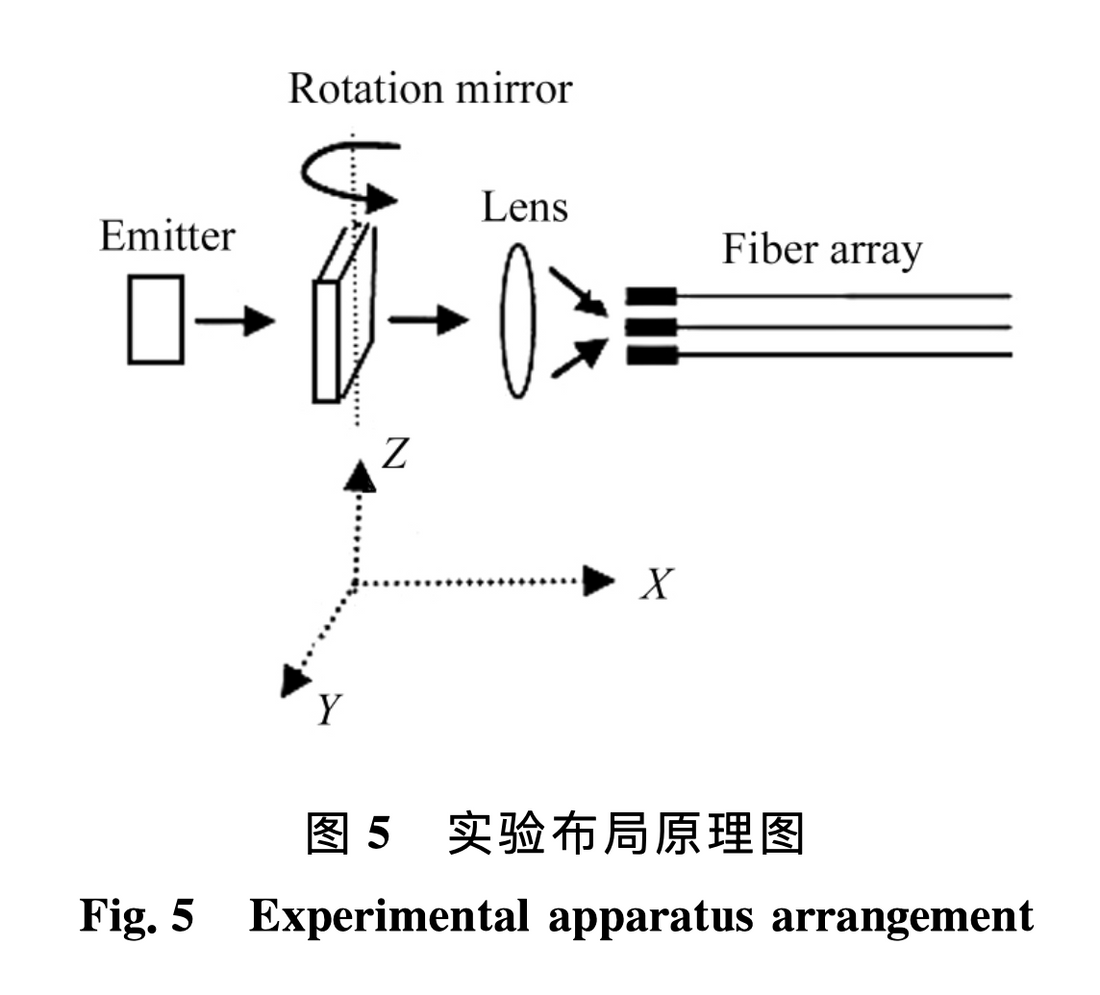
自由空間光通信用テーパーファイバーアレイ
引用
胡清桂 (Hu Qing-gui)、龙文光 (Long Wen-guang)。 (2018)。空間光通信に使用される、自由空間光通信用のテーパー型ファイバーアレイ。 光電子・レーザー (Journal of Optoelectronics・Laser) 、 29 (12)、1281-1285。土井: 10.16136/j.joel.2018.12.0157。
キーワード
- 空间光通信 / 宇宙光通信
- 锥形光纤阵列 / テーパーファイバーアレイ
- 結合効率 / 結合効率
- 卷积 / コンボリューション
- 空间光-光纤耦合 / 宇宙光と光ファイバーの結合
- 单光纤 / 単繊維
- 自焦レンズ / セルフフォーカスレンズ
- 数值孔径 / 開口数 - NA
- 高斯分布 / ガウス分布
- 光ファイバー間隔 / ファイバー間隔
- 光强 / 光の強さ
- 光斑半径 / ビーム半径 / スポット半径
- 熔融拉锥 / メルトテーパリング
簡単な
この記事では、テーパード ファイバー アレイを使用して、自由空間光通信用の光ファイバーへの宇宙光の結合効率を高め、ファイバー コア径が小さいことによる課題に対処することを提案し、このアプローチを微小振動環境での実験テストで検証します。
まとめ
本論文では、テーパードファイバアレイを受信機として使用することを提案することにより、自由空間光通信のために宇宙光を小コア光ファイバに効率的に結合するという課題を取り上げています。著者らは、宇宙光と単一ファイバの結合モデルを分析し、次に畳み込みを使用してテーパードファイバアレイの結合効率を理論的にモデル化します。3x3テーパードファイバアレイサンプルを作製し、微小振動環境で、大面積APDによる直接測定と、パワーメータによる測定前に溶融光スプリッタを使用して光を組み合わせるという2つの方法で受信光パワーを測定し、実験的にテストしました。実験結果では、テーパードファイバアレイが目的の受信効果を達成し、スプリッタでのエネルギー漏れにより、直接APD測定ではスプリッタ法よりもわずかに高いパワーが示されました。この研究では、結合効率と光ビームのオフセットおよび振動振幅の関係も観察されました。
起源:
